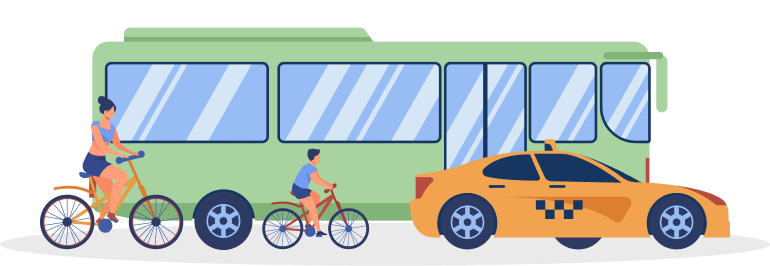Middletown
We did the research. Find a place to call home.
B+
Quality of Life Score
Middletown Information
25000
Total Population
45%
Married Persons
55%
Single Persons

7.5/10
City Rating
The city rating for this scenario similar to Middletown is approximately 7.5 out of 10, indicating a favorable living environment with a mix of amenities, safety, and quality of life. Please note that this is a hypothetical estimate and may vary based on the specific city and its characteristics. For accurate and current data, consult local sources or official records for Middletown or the city of interest.
8/10
Overall Value
The overall value in Middletown is generally considered favorable, offering a combination of amenities, services, and quality of life for its residents.
10/10
Density (Population per mile²)
Middletown's density is suburban to semi-urban, offering a balance between residential, commercial, and open spaces, resulting in a lower population density compared to urban areas.
1600
Middletown
30000
Westfield
City Info
Middletown is a suburban community in Monmouth County, New Jersey, with a population of around 30,000 to 31,000 residents. Known for its suburban charm and access to outdoor spaces, it offers a blend of urban convenience and a relaxed atmosphere. For current details, visit the city's official website or local government sources.
Residence
25% (Homes Rented)

20 Years
Median Home Age
$250000
Median Home Price
3%
Home Aappreciation Rate
1%
Annual Property Tax
Weather
60%
Sun
30%
Rain
5%
snow
Residence
In this hypothetical scenario like Middletown, the community is diverse with Christian affiliations, crime rate around 5, average age 35-45, and a politically varied landscape. Keep in mind these are general estimates and may vary. For precise data, consult local sources or records for Middletown or the specific city you're interested in.
Community
5
Crime Rate (per 100,000)
Republican
Political Majority
35
Average Age
Community
Middletown is a suburban community in Monmouth County, New Jersey, with a population of around 30,000 to 31,000 residents. Its charm lies in its mix of residential neighborhoods and access to outdoor spaces. The city offers a balanced blend of urban convenience and a relaxed atmosphere, catering to diverse lifestyles. For the latest details, visit the city's official website or consult local government sources.
Locale

Occupation
30%
Management, Business, Art & Sciences
25%
Sales & Office Occupations
15%
Service Occupations
10%
Production, Transportation & Material Moving
10%
Natural Resources, Construction & Maintenance
Education
1:15
Student Teacher Ratio
30%
High School Diploma
30%
Some College or Associates Degree
25%
Bachelors Degree
15%
Graduate or Professional Degree
Locale
In a locale resembling Middletown, expect a suburban/urban mix. Unemployment is around 4% to 6%. Job distribution: 30% management, business, arts, and sciences; 25% sales and office; 15% service; 10% production and transportation; 10% natural resources or construction. Education spans: 30% high school diploma, 30% some college/associate's degree, 25% bachelor's degree, 15% graduate/professional degree. Student-teacher ratio: about 15:1.
Transit
30%
Public Transportation
70%
Car
10%
Carpool
5%
Work At Home
Transit
Transit usage is generally lower in suburban or urban settings, with many residents relying on cars for transportation.


